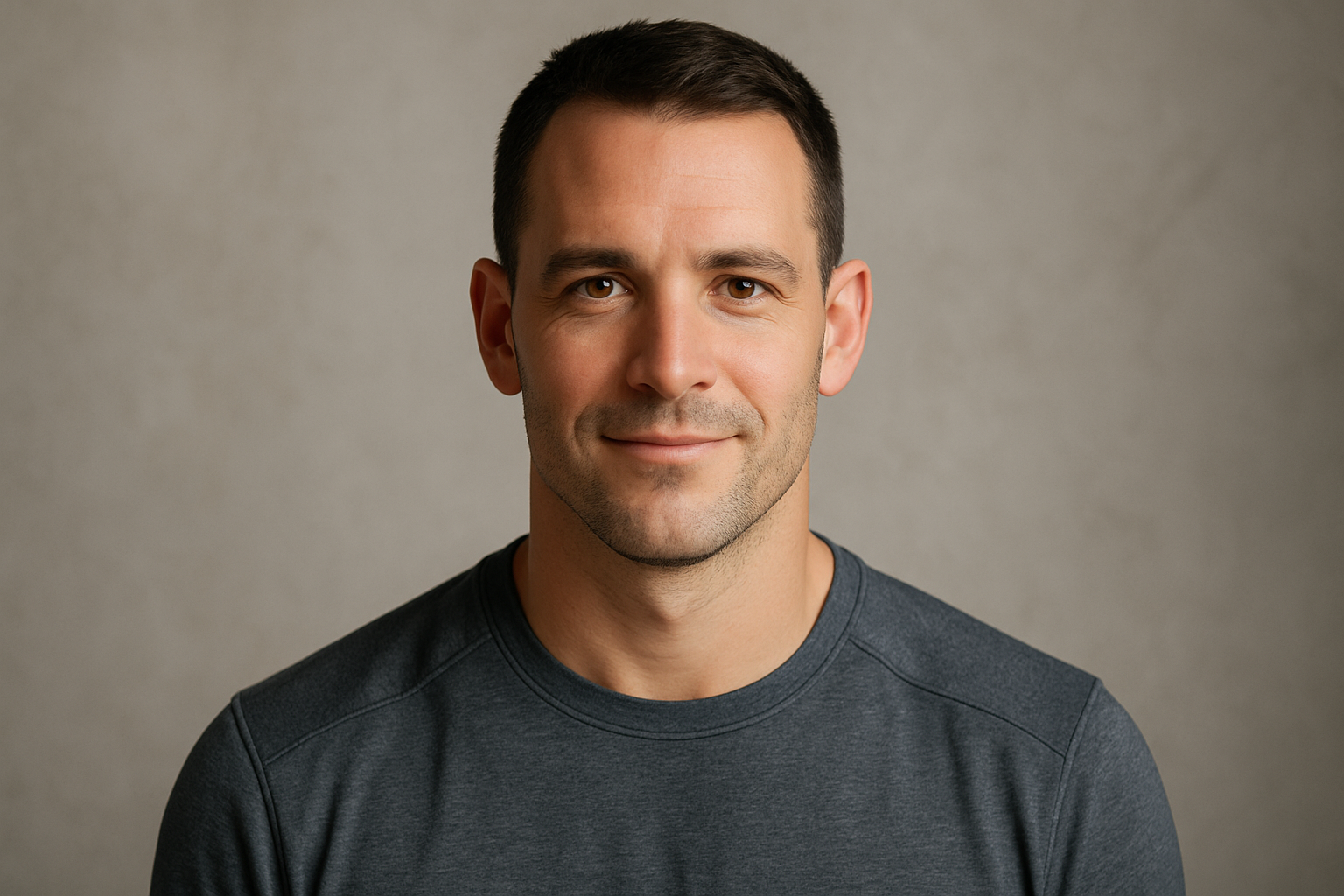Train For Wonder
There is a difference between chasing numbers and chasing wonder. Numbers matter, but skills keep people coming back. When you practice for skill, you invite novelty, precision, and play. That mix lights up attention and builds a relationship with training that lasts.
Pick a skill that fits
Choose something slightly beyond your current ability. Balance on a line. Skip with a jump rope. Learn a clean kettlebell swing. The skill should be clear enough to practice and generous enough to reveal progress often. Start where you are and aim for repeatable quality over time.

The long curve of progress
Skill development is uneven. Some days you leap forward; others feel flat. Plateaus are part of the map. Keep practice short, frequent, and light when attention fades. Quality reps compound. Over weeks, coordination improves, and strength grows around it.
Joy as a training metric
Enjoyment predicts adherence. If a session ends with curiosity, you will return. Frame training as a conversation with your nervous system rather than a test. Ask what the body learned today rather than only what it lifted.

Why it inspires
Skill is a direct line to meaning. Each small win is a reason to care. Wonder is not childish. It is the adult version of attention. Train for wonder and training takes care of itself.

















